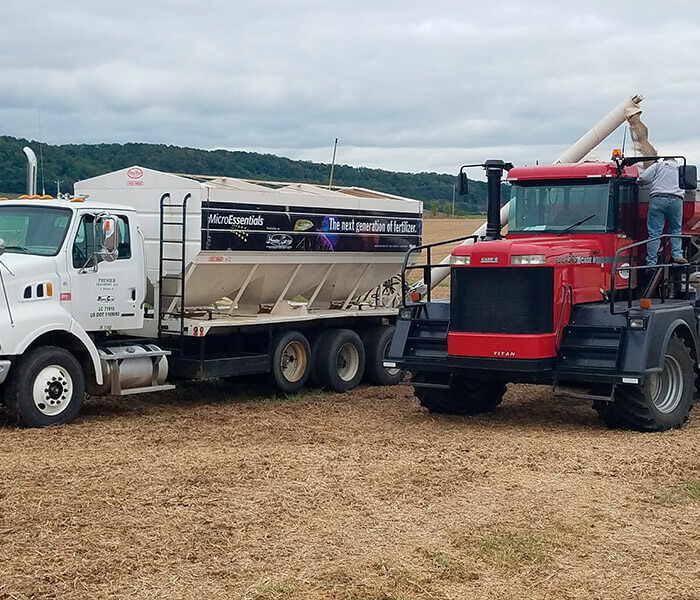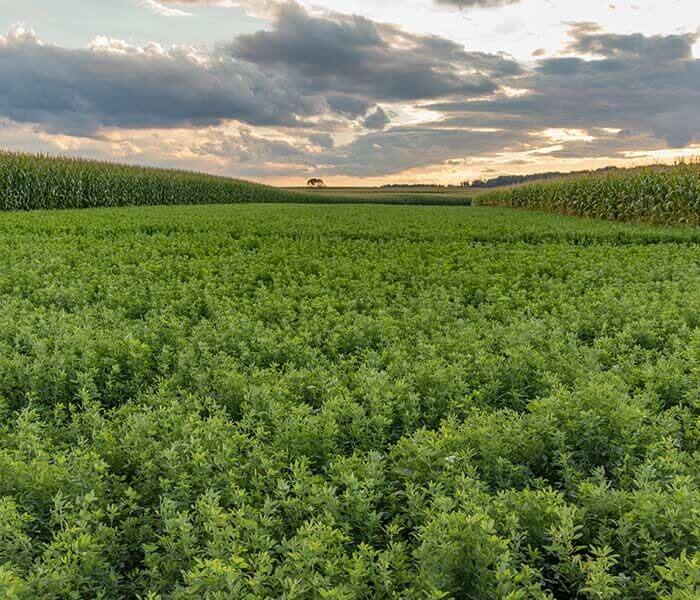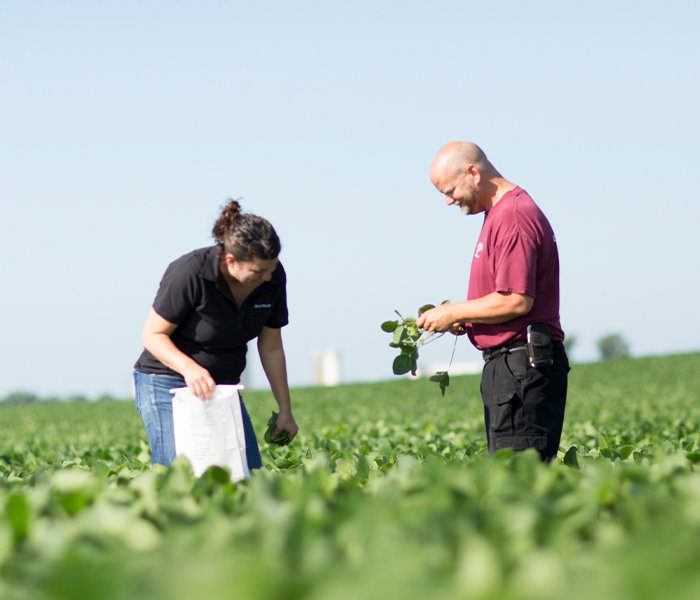This map updates daily!
With an early start to warmth this spring, it is time to start thinking about and tracking the maturity of your alfalfa to optimize the time of harvest (as much as mother nature will allow, anyways). UW-Madison developed a quick in field tool for estimating RFV of alfalfa stands called PEAQ that allows for an estimation of alfalfa quality based on height and maturity stage.
To help farmers track alfalfa maturity and growth in their area, Premier developed an interactive alfalfa tracking system. We first used this last year, and it has been refined and continued to this year. It allows producers to see the most recent data from their area, as well as compare to progress from last year.
This short video explains how to use Premier's interactive alfalfa maturity map that is seen below.
If you would like to have your data included, or just want to know how your alfalfa is doing ask your Premier nutritionist or do your own measurements using this method.
Enter your email below to receive more forage updates!
Kristina Weld, MS, PhD
Dairy Nutritionist



